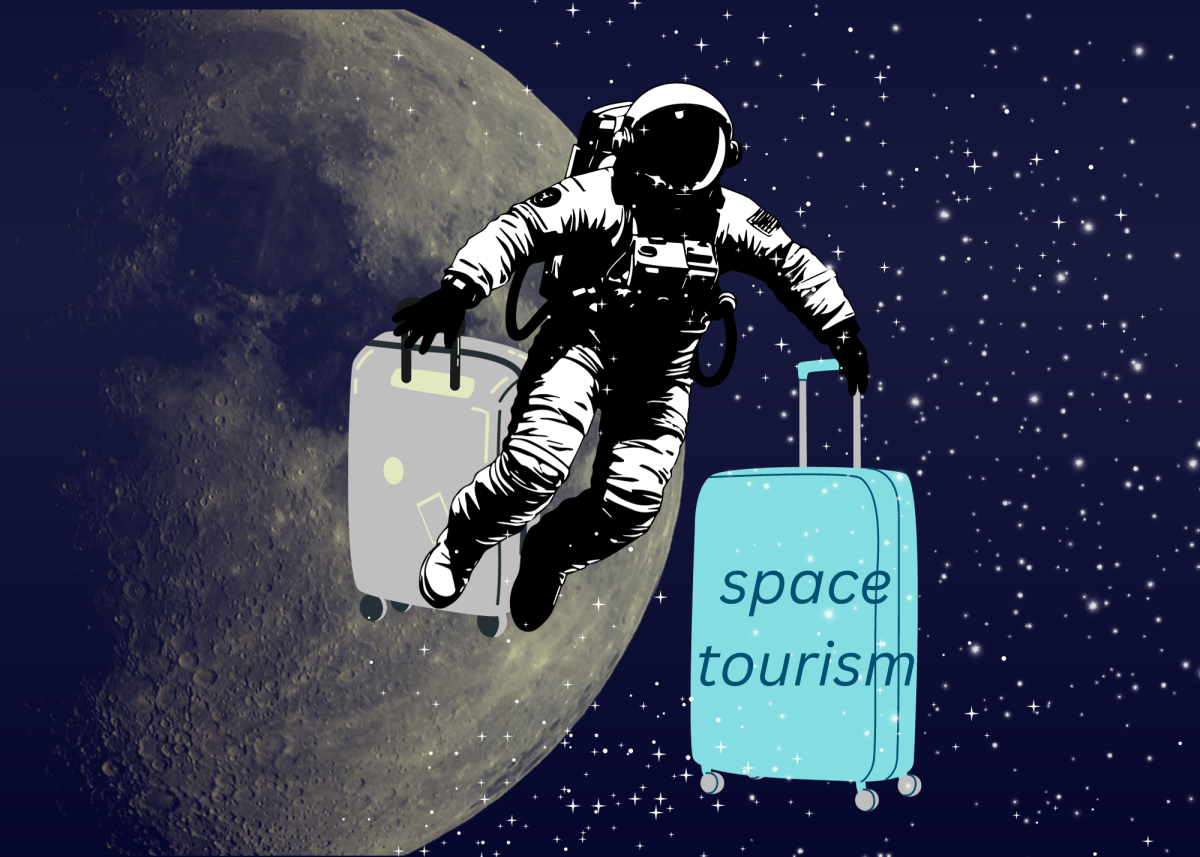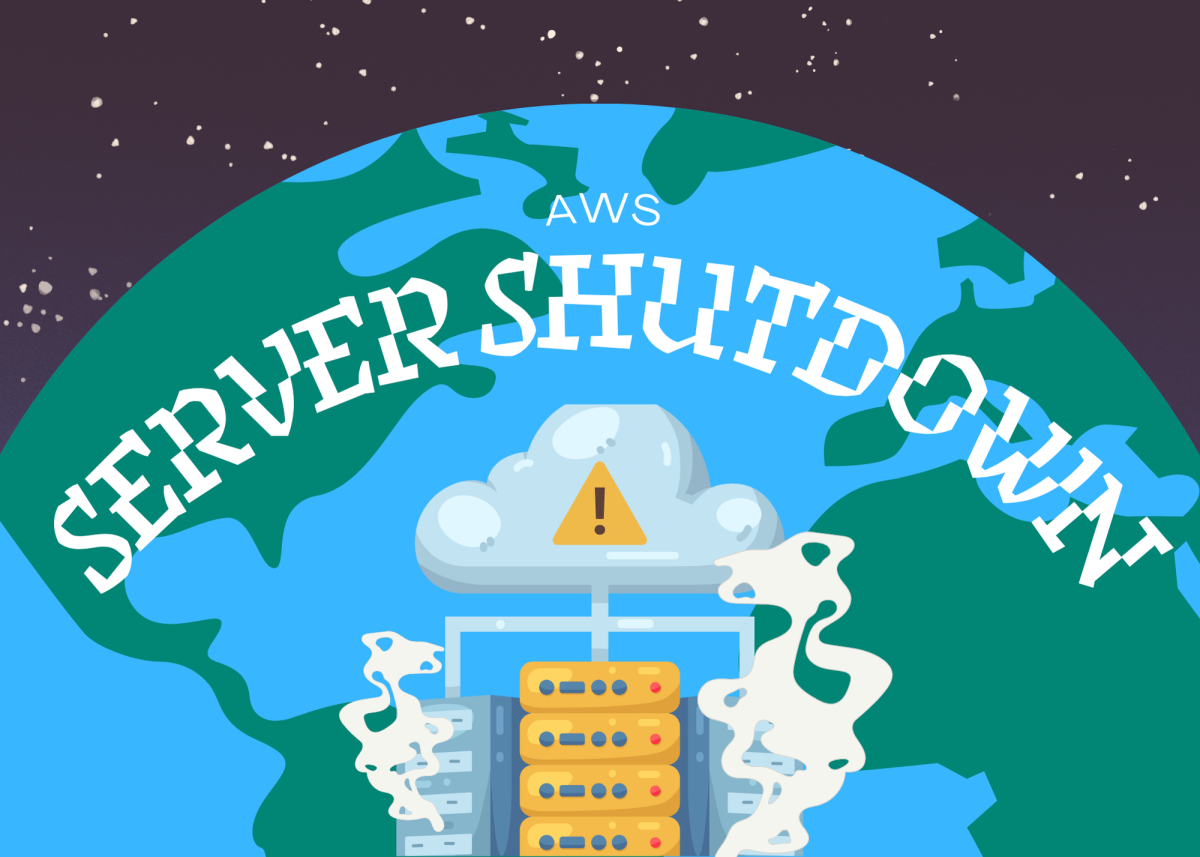Technologies are becoming more advanced with new ideas that have been brought up that in the past may have seemed impossible. Space tourism seemed like something from the future, but now some private companies are making it possible.
Commercial flights to space are said to begin in late 2024, claiming that tourists will be able to make it to the edge of space before safely landing in the water. Companies like Blue Origin and Virgin Galactic are both licensed for passenger space travel by the F.A.A. and have tickets on sale. Virgin Galactic start their prices at $450,000.
The purpose of space tourism is recreational, but it can also help contribute to increasing scientific knowledge and opening new areas of exploration., along with plans of creating space hotels and scientific research facilities in the future.
The way it works is that there are two main forms of space tourism, sub-orbital and orbital. Sub-orbital means that it reaches space but does not break the gravitational border and does not complete a full orbit. Orbital means it orbits and passengers can spend up to a week orbiting the Earth.
Sub-orbital space travel is currently more popular than orbital. An example of sub-orbital travel would be Blue Origin’s flight in 2021, where they flew above the atmosphere and came back down. Companies like SpaceX and Space Adventures have been the only ones to offer orbital travel, but it is expected to grow by 41% in 2030.
Lunar space tourism is also another form of space tourism, but it has not been fully explored yet. It is expected that future trips to the moon will be made possible and available to private audiences with a proper lunar spacecraft.
People who wish to participate in space tourism will have to go through some training and medical exams, though it is slightly less strict than the training and exams professional astronauts would have to do. This is because tourists only spend a few minutes to a few days in space.
Though this is an amazing advancement, it also has its concerns. Some of them being the environmental impact of increasing traveling to space and the safety and liability issues.
Rocket emissions impact the Earth’s atmosphere, temperature and ozone layer. Space tourism produces black carbon particles that warm the atmosphere. The carbon particles circulate for four to five years, acting as a thin umbrella and absorbing solar radiation, preventing it from reaching the Earth’s surface.
Throughout history, 3% of astronauts have died, and in the earlier days of space travel one in nine flights would end in disaster. NASA has reported that motion sickness, neurological disorders, increased risks of cancer, cardiovascular problems, increased risk of blood clotting and vision loss could all be effects of space travel. Bodily deterioration has also been recently added to the risk of concerns that come with space tourism.
Space tourism is becoming more popular as it is a unique experience. It provides experiences to see Earth from a different perspective. It may be an expensive activity, but it cannot be replicated anywhere else.
















